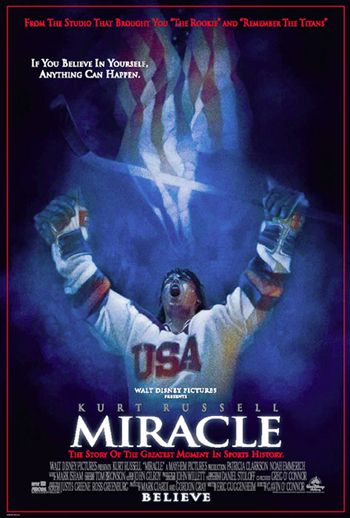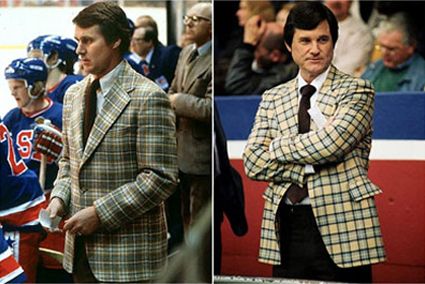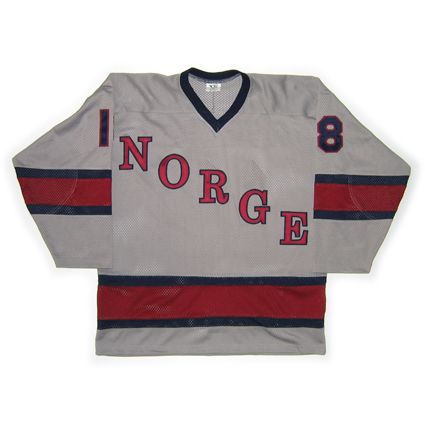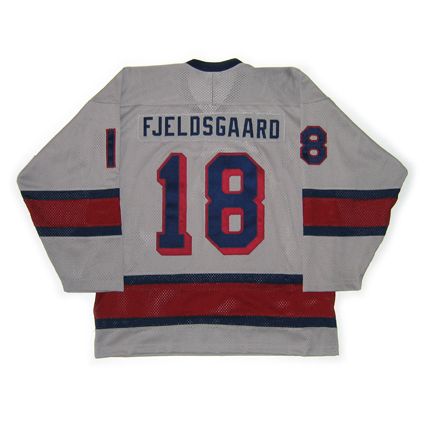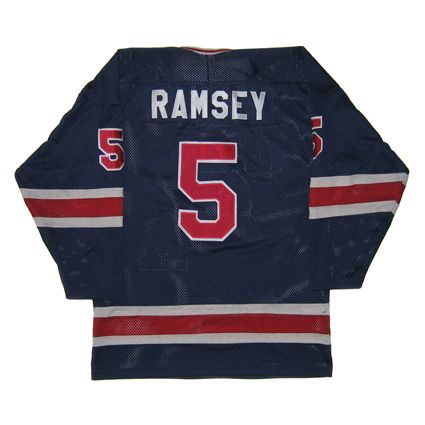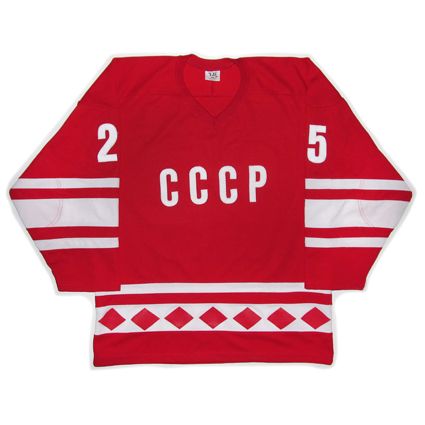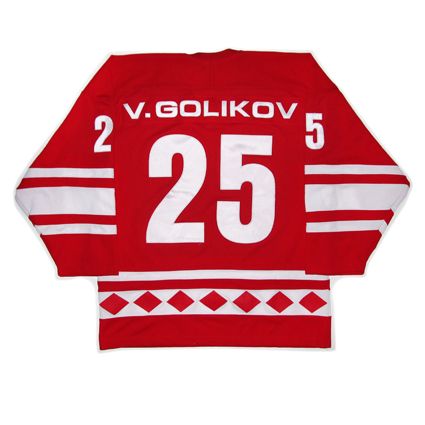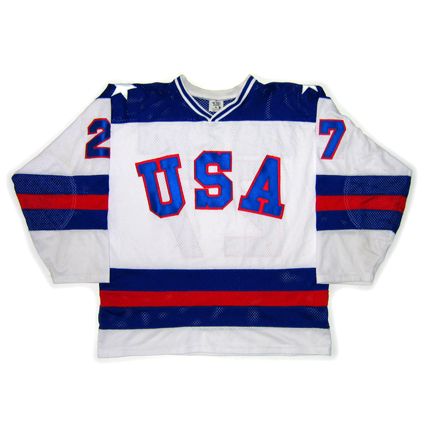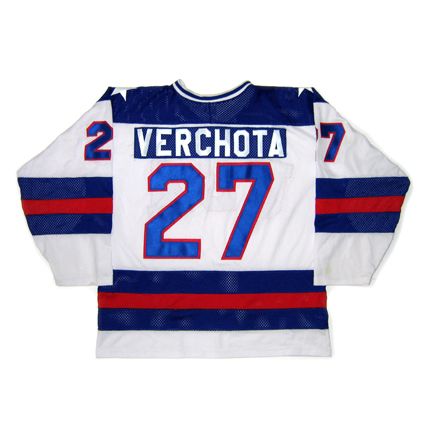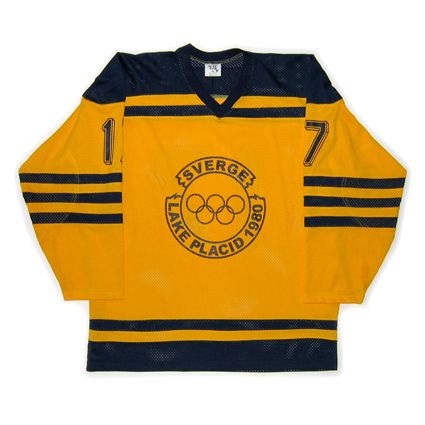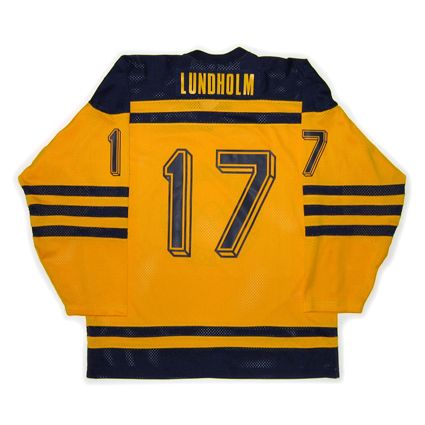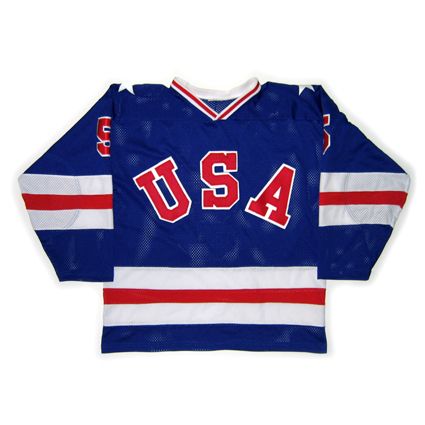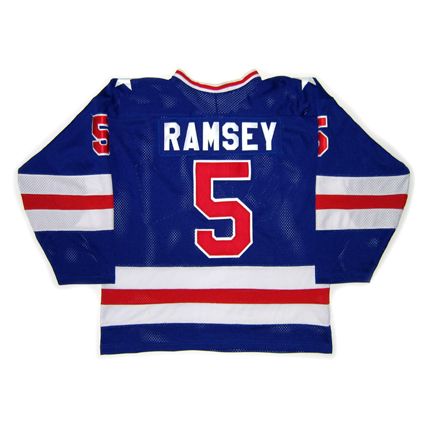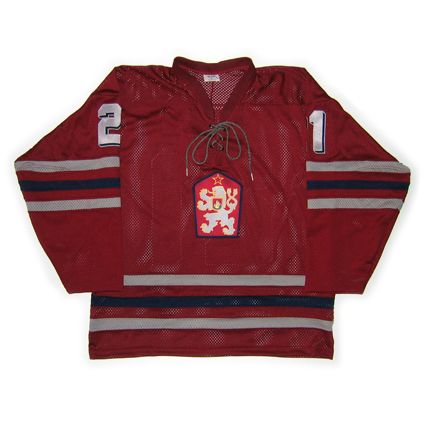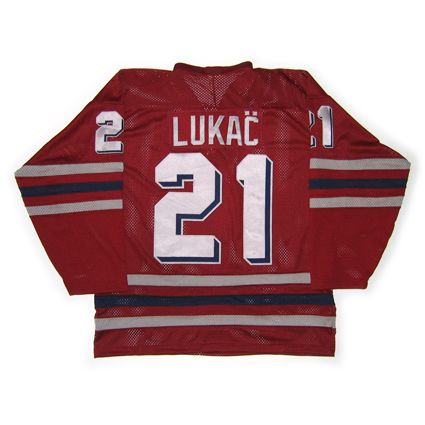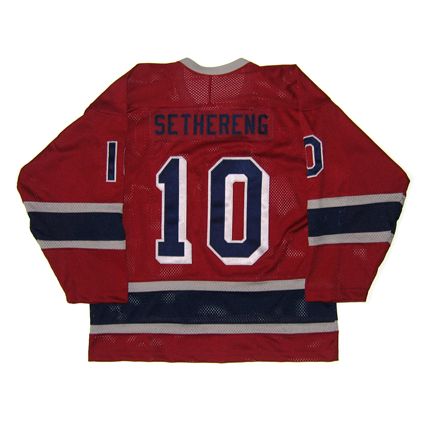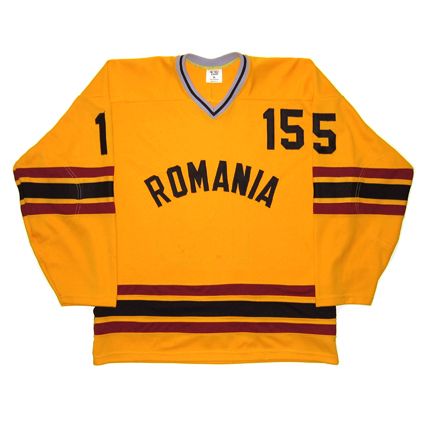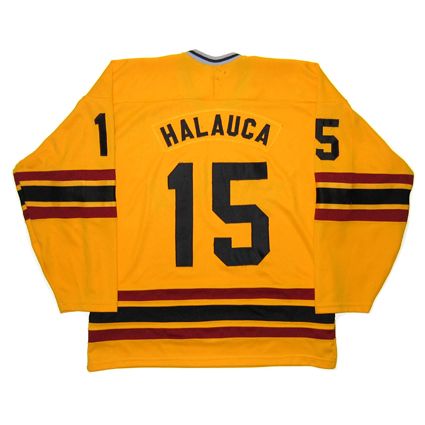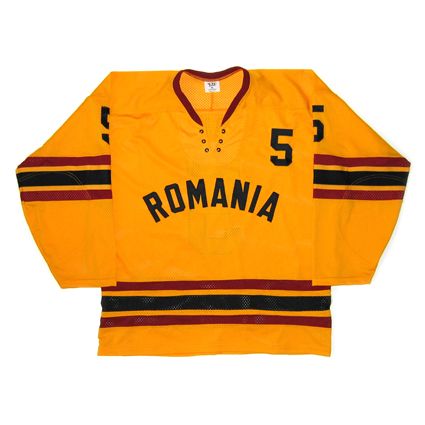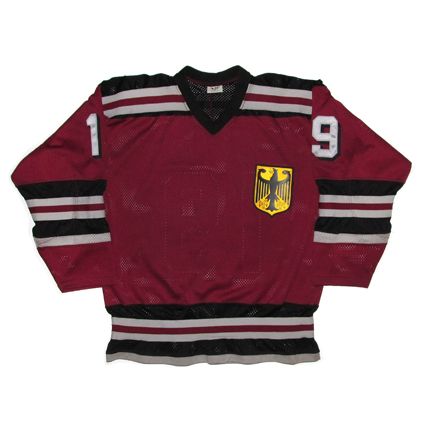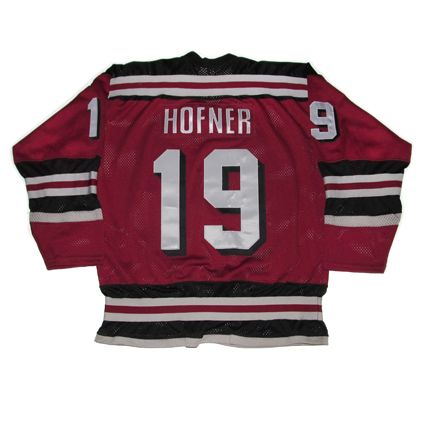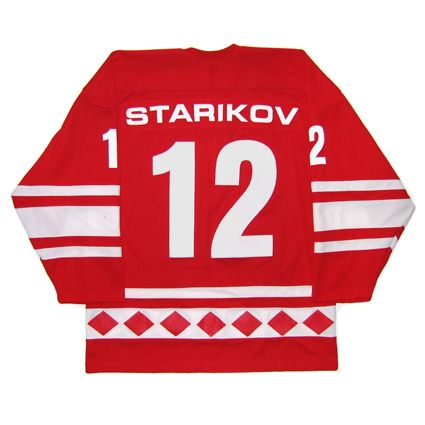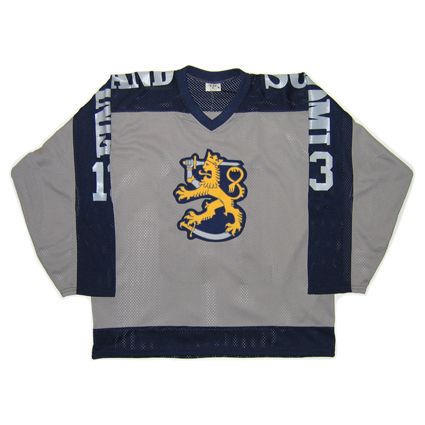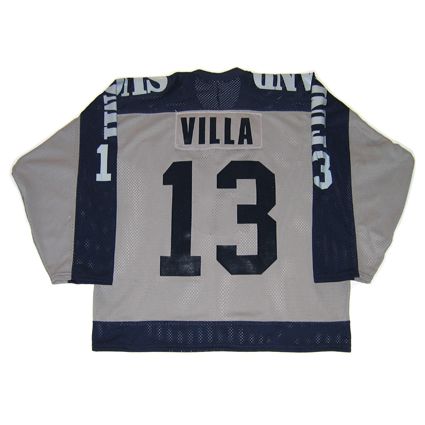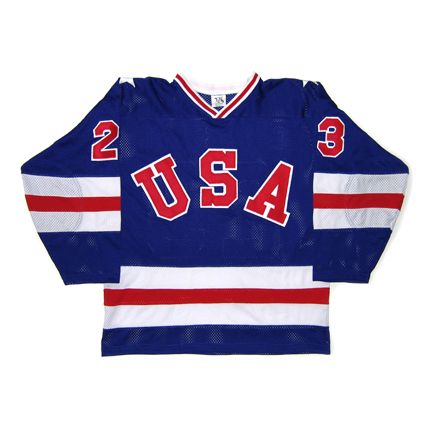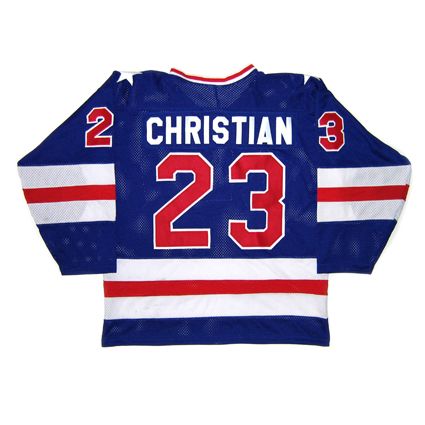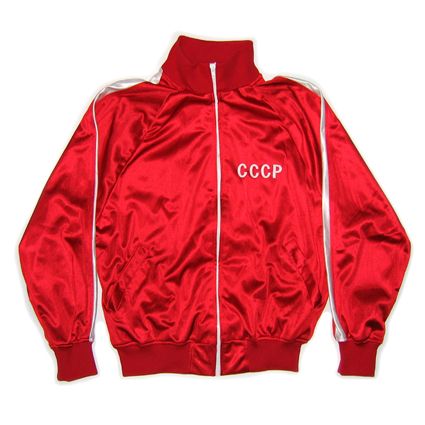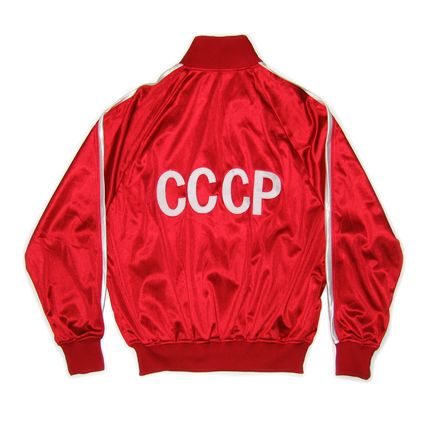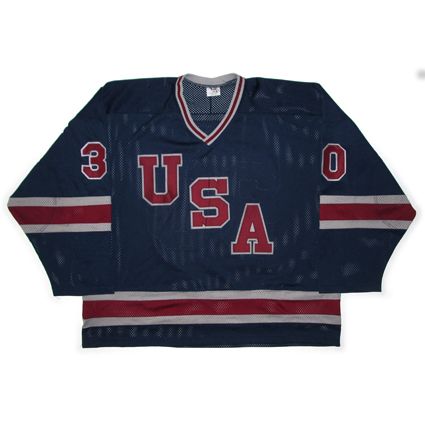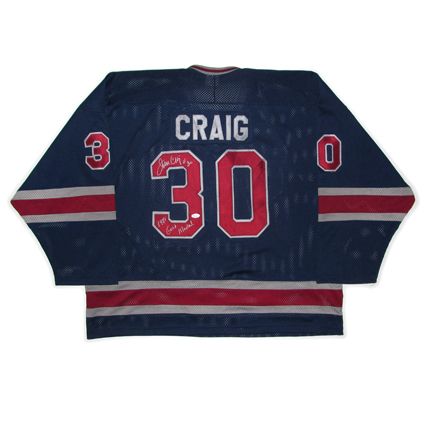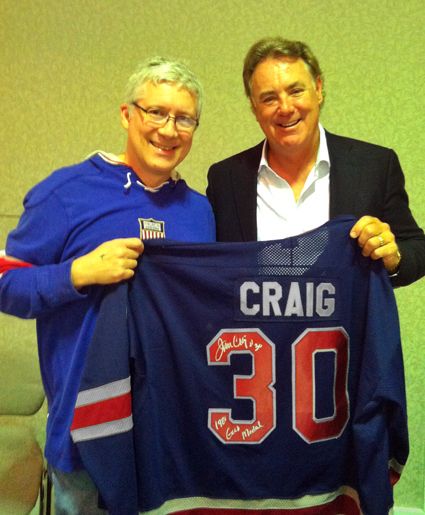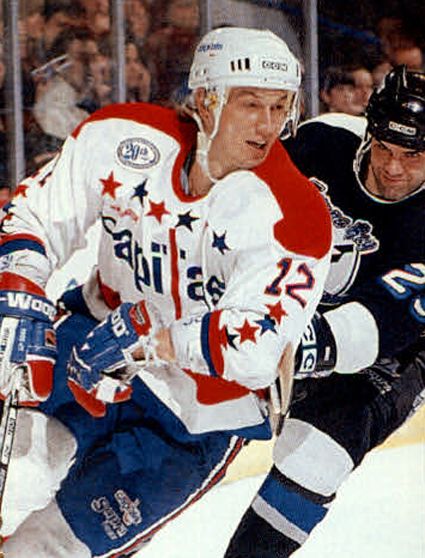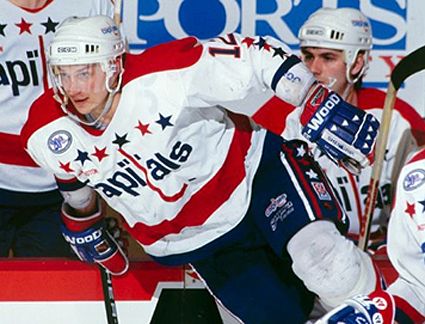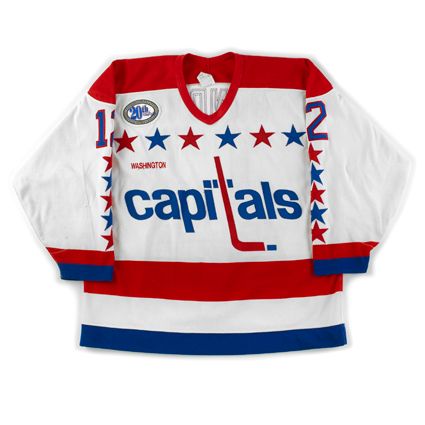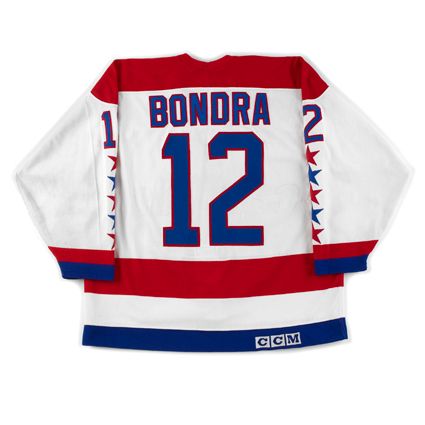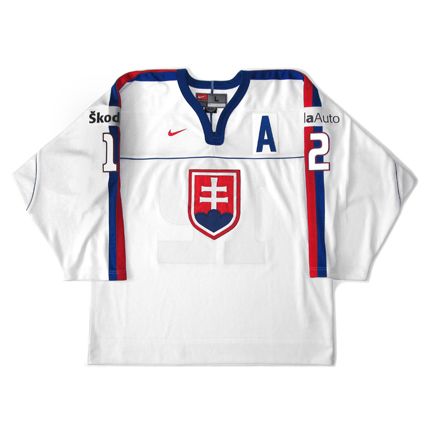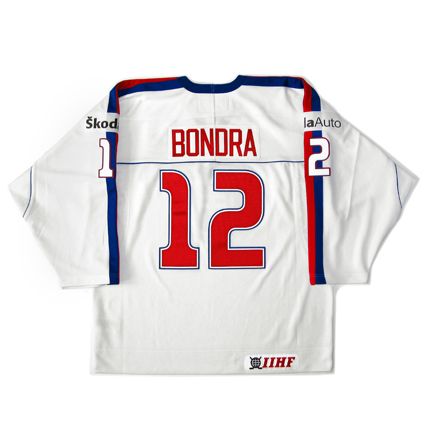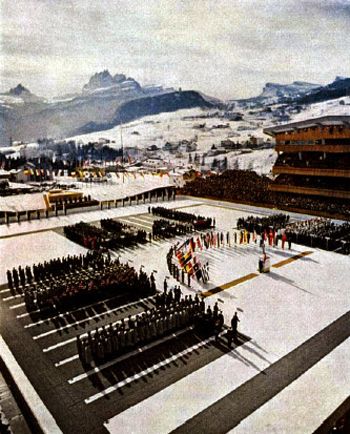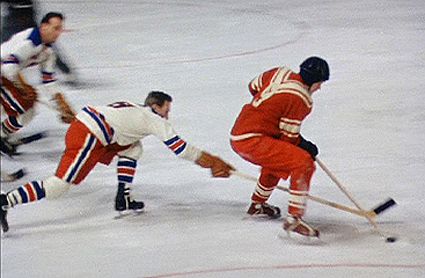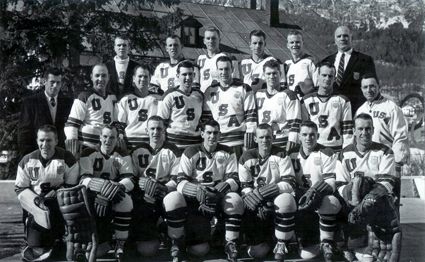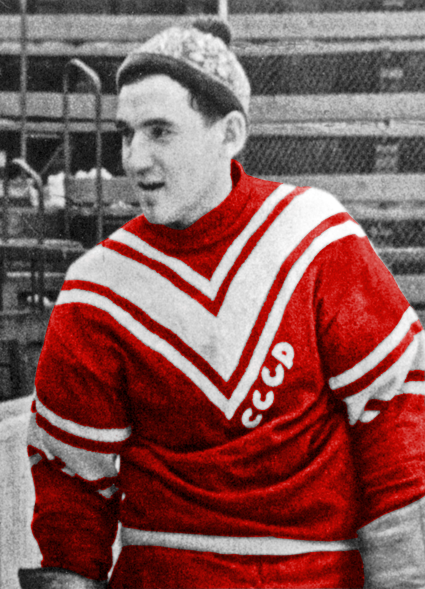Brooks, played by veteran actor Kurt Russell, has to overcome resistance to his methods by his bosses and the division amongst his team, who carry their East vs. West rivalries from their college teams into their training camp. Brooks, a master psychologist, presents himself as disciplinarian and taskmaster in order to unite his players against a common foe - himself as indicated by the lines "I'll be your coach. I won't be your friend."
Still upset with one of his new teammates over a past incident during the college hockey playoffs, Jack O'Callahan from Boston University instigates a fight during practice with Rob McClanahan from the University of Minnesota. Following the fight, Brooks tells the players his team is all about "flow and creativity, not old rivalries", and has each player introduce themselves. They all respond with their name and what school they played for.
Later, in one of the movie's defining scenes, the distracted team sleepwalks through a 3-3 tie against Norway, which incenses Brooks, who famously punishes his team with an exhausting workout following the game, as he skates his players to exhaustion, even after the arena staff has turned out the lights in the rink, commanding his team to over and over skate "Again!" to the point of vomiting.
Finally, when team captain Mike Eruzione states his name and that the team he plays for is not Boston University, but The United States of America, Brooks has driven home his point of the required hard work and team unity he demands from his team, and the practice mercifully ends.
The team suffers an embarrassing and eye opening 10-3 loss to the Soviets in an exhibition game just prior to the Olympics, followed by an opening game tie against Sweden, where the Americans are saved by a final minute goal by Bill Baker following a trademark Brooks motivational tactic to fire his players up.
The team then goes on a roll, defeating the favored Czechoslovakians 7-3 and then posting wins over Norway, Romania and West Germany to earn a spot in the medal round and their date with destiny against the Soviets.
During their showdown, the Americans fall behind no less than three times, but keep fighting back to tie the game. Finally, Eruzione scores to give the US a 4-3 lead, but with ten agonizing minutes left to play. The US holds on thanks to the goaltending of Jim Craig, setting off an emotional celebration.
Despite the win against the heavily favored Soviets, the United States still has not even assured themselves the gold medal, as they must defeat Finland in their final game. As they have many times in the tournament, the Americans must come from behind to win, and Brooks warns the team that they will take a failure "to their graves" if they lose. Properly motivated once again by their coach, the team comes out flying to win the game 4-2 and secure the gold medal, setting off another round of celebrations.
With so many hockey scenes needing to be shot, the filmmakers needed an enormous amount of wardrobe for the movie and contacted AIS to produce all the jerseys used in the making of the film. All told, they made 11 different team uniform sets, plus additional items such as practice jerseys for the tryout scenes and team jackets.
The most interesting thing to note about the jerseys used in the filming of the movie was the choice of colors for the jerseys used in the pre-Miracle on Ice scenes, as all the colors for the jerseys are three shades darker than than they were originally, such as the use of navy blue rather than royal blue or brick red instead of a vibrant primary red. This is particularly noticeable when looking at anything that was originally white, as it was all now rendered in a grey/silver tone.
It took us a decade of patience and searching, but we were finally able to complete an entire set of each team used in the filming of the movie, and we now present them in the order they appear in the film.
The first appearance of any to the team jerseys is in the first half of the film during the exhibition game held in Norway, which earns the team the full brunt of Brooks' wrath in the "Again!" scene has the team is forced to do repeated "Herbies" (an exhausting skate from the end goal line to the near blue line, back to the end line, to the center red line, back to the end line, to the far blue line, back to the end line, then to the far end line and finally back to the end line) and immediately illustrates the use of the altered colors for the jerseys that appear in the early part of the film as evidenced by the "white" Norway home jerseys.
Next from that scene is the first appearance of the jerseys worn by the United States in the pre-Olympic scenes, which has "USA" diagonally across the front rather than arched, as it would later appear in the Olympic Games. Again, this jersey is made from a muted Navy Blue, Brick Red and Grey color palette.
After the navy blue jerseys appear again in a game versus the IHL All-Stars, the next jerseys to appear in the movie are the brightly colored jerseys of the United States and the Soviet Union during their exhibition game at Madison Square Garden just three days prior to the Olympics. The Soviet blood red jerseys and the Americans snow white jerseys give the game the desired visual excitement the filmmakers were looking for.
With that thrashing of the United States over with, the scenes featuring the actual Olympics then dominate the second half of the movie with the first American game being against Sweden, where Baker saves the day with his last minute goal with goaltender Craig pulled to spare the United States an opening game defeat. Being a non-Soviet opponent, the filmmakers are back to using the muted colors for the Swedish jerseys, although the yellow still appears relatively vibrant on screen. This is also the first use of the royal blue Olympic jerseys for the United States, giving the game the desired visual excitement.
The next opponent for the United States was favored Czechoslovakia, who appeared in their brick red jerseys during the movie for all of ten seconds.
The scene following the USA versus Czechoslovakia game sees Brooks walking on the streets of Lake Placid with Walter Bush. Team jackets are seen from East Germany (DDR) and Italy before they encounter the Soviets, led by head coach Viktor Tikhonov, who is followed by several team members wearing CCCP jackets to keep them warm against the snow flurries.
Norway appears as the next US opponent, only this time wearing their red road jerseys against the Americans. The Norwegians are dispatched in a mere 13 seconds of screen time.
The next game is against Romania, who are wearing yellow jerseys similar to Sweden. The shade of yellow used by the Romanian jerseys is slightly darker than Sweden's and again has the muted navy blue and brick red secondary colors. Of all of our "lesser" country jerseys, the #15 of Alexandru Halauca appears on screen the longest while he breaks down the ice as part of the Romanian attack.
Unusually, we also acquired another Romania jersey, this one with a lace-up collar, rather than the v-neck of the Halauca jersey, a style which does not appear on screen during the movie. It has been suggested to us that this may have been a goaltender jersey, but in reality, Sandor Gal (spelled with just one "L") was a defenseman. This jersey arrived without laces.
West Germany received a generous 35 seconds of screen time and was the last and most difficult jersey for us to obtain to complete our collection. Having passed on an easy opportunity to get one when they first appeared on ebay when the jerseys first began to be made available to the public prior to setting our sights on having a complete set, it would take another ten years for one to resurface after their initial availability.
While the jerseys for the United States and Soviet Union were made in multiple sets in case of physical damage due to their amount of use in the filming, jerseys from the remaining nations were only made in a single set and can be much harder to obtain due to their limited numbers.
Unlike the other jerseys, the West Germany jerseys use an elastic material for the waist stripes, which results in it's clinched appearance at the bottom. Again, note the use of the brick red and grey for the West German jersey.
We finally arrive at the Miracle on Ice game between the United States and the Soviet Union for which the entire movie has been building up to. Both teams are outfitted with their brightly colored jerseys, which virtually leap off the screen compared to the muted colors of the other nations' jerseys, especially under the bright lighting of those scenes. The game takes 30 minutes of screen time to complete.
There is still one more game left to play however, that being the United States versus Finland, which the US must win to cement the gold medal. Finland, wearing "white" is back to being depicted in the muted color palette. The game action is all of three seconds, as the producers chose not to dramatize the come from behind American victory to clinch the gold, with the majority of the scene being the post-game US celebration in their blue jerseys.
Following the Finland game, the movie concludes with the medal ceremony, during which the Soviets are seen wearing track suits, while the Swedes are still wearing their yellow game jerseys.
We also have one particularly special jersey from the filming of the movie "Miracle" in our collection, that worn in the pre-Olympic scenes by actor Eddie Cahill, who played starring goaltender Craig. After obtaining the jersey we had the opportunity to have the jersey signed by Craig in person with the inscription "Jim Craig #30 - 1980 Gold Medal".

